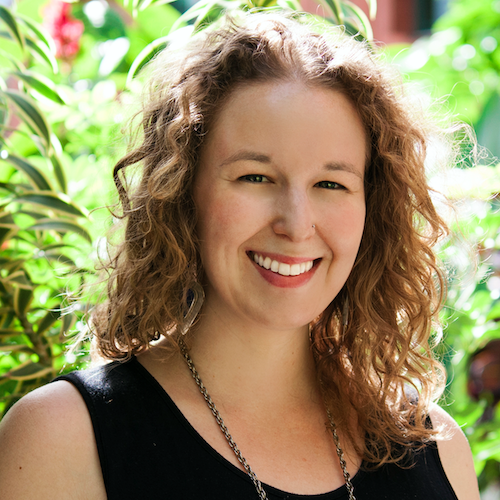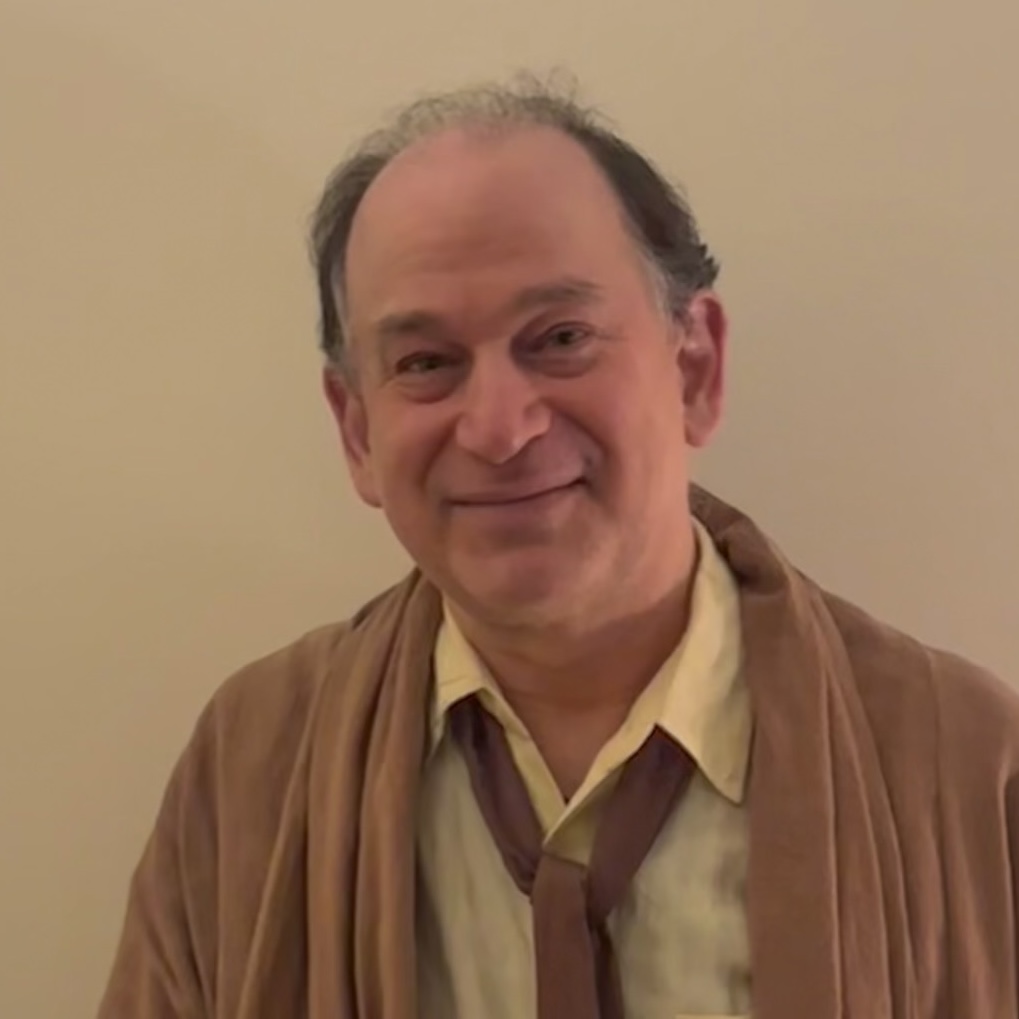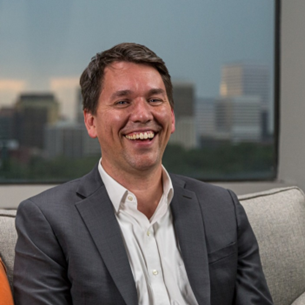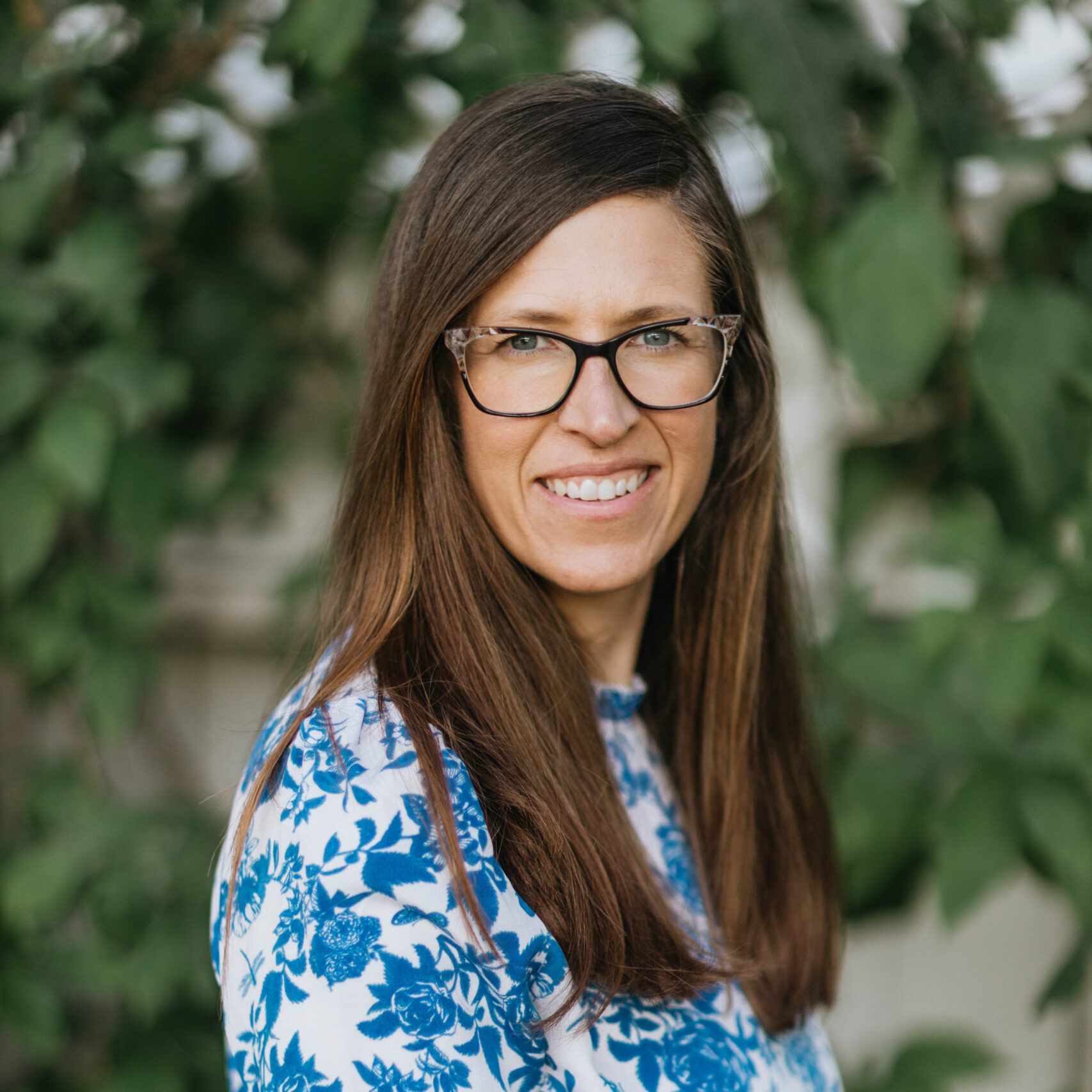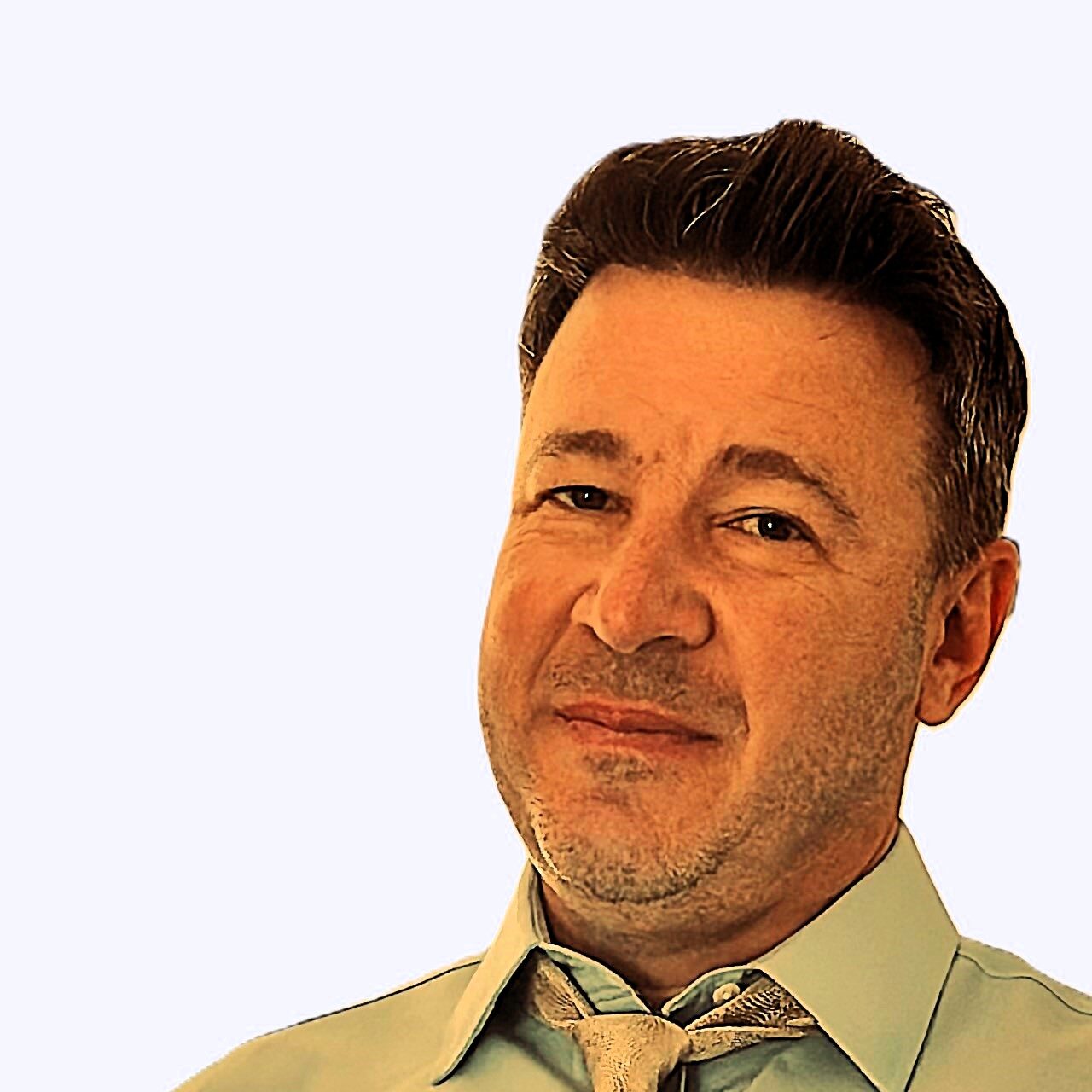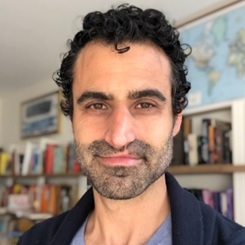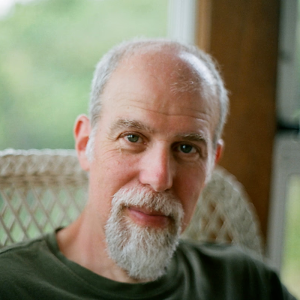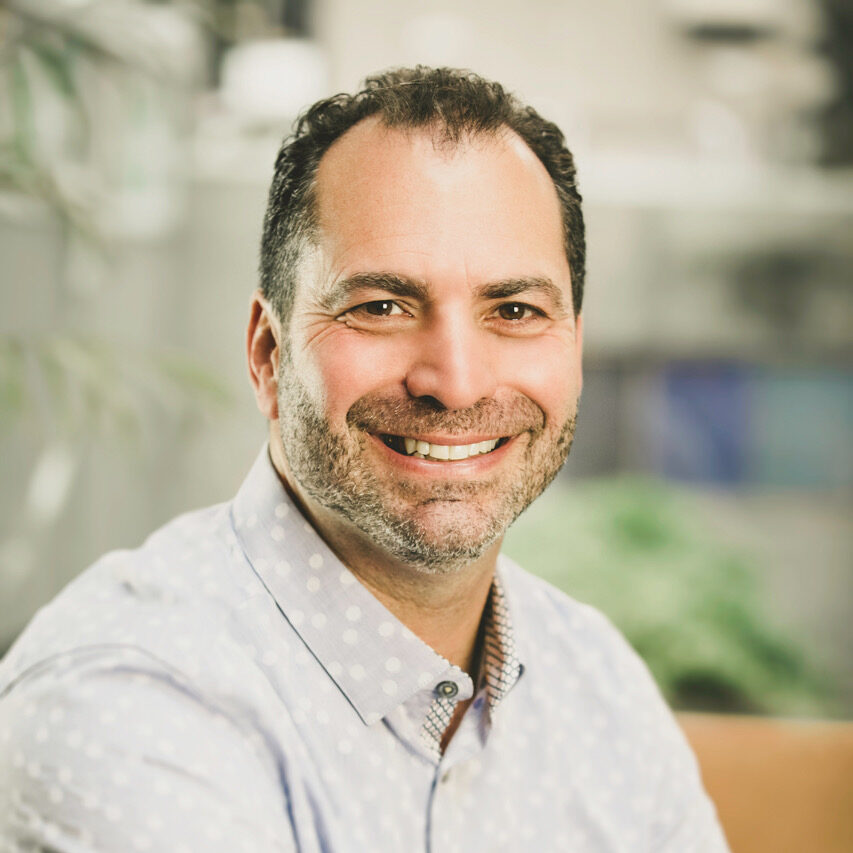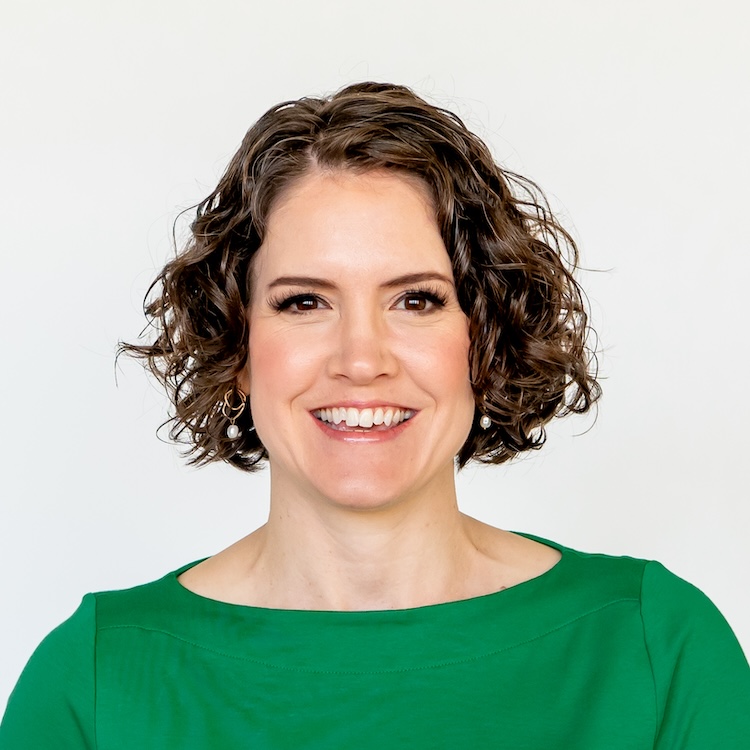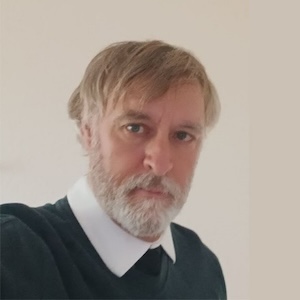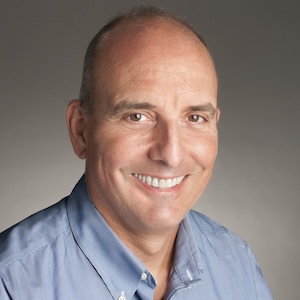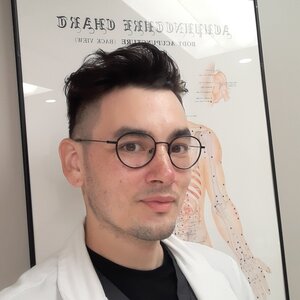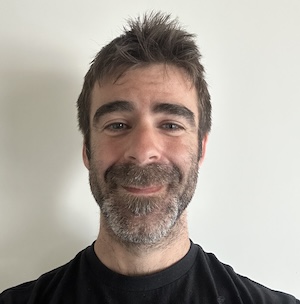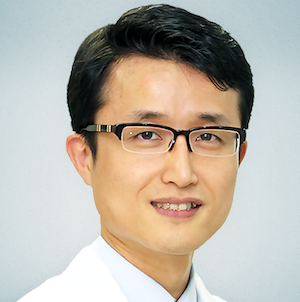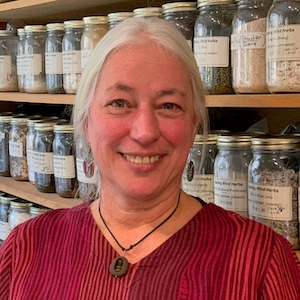033 Using the Yangming to Help Generate Kidney Essence • John Scott
Kidney essence is precious and not easily replenished. This Shop Talk segment discusses how the Kidney needs material form to create essence. And that it is the Yangming channels with their yang action that help the digestive system to extract the...
read moreSubscribe To This Podcast In Your Favourite Player
032 Zangfu and Jingluo • Brenda Hood
This Shop Talk is a discussion of the differences between the Zangfu organ system and that of the Jingluo. A brief history is given, as are mentions of the differing relationships between the Heavenly Stems and Earthly Branches with regard to the...
read more031 Using Hua Tou Points • John Scott
In this Shop Talk segment John Scott the co-founder of Golden Flower Chinese Herbs discusses the use of Hua Tou points for the treatment of shingles. Additionally, how these points are useful for lower jiao issues like increasing male fertility and...
read more030 Reflections on 25 Years of Cultivating a Practice • Michael Max
In this Shop Talk Michael Max reflects on 25 years of practice and the importance of running a business as a cultivative practice. We go into the importance not of “faking it till you make it,” but rather using the learning of the early days to...
read more029 Palpating Head Points • Jason Robertson
In this Shop Talk Jason Robertson discusses the importance of putting your hands on your patients heads to understand where physically the points actually are located.
He draws from his experience with Dr Wang Ju-Yi in discussing how points are “jie” which you can think of as junctions or spaces, they’re notable by the way they feel. And this isn’t just for points on the head, but through the body. It’s helpful to put your hands on people and let the body tell you where the point is located.
Dr. Wang had a special affinity for DU19 and DU21 and how they…
read more028 Considering and Using Ghost Points • Leta Herman
Leta Herman, co-founder of the Alchemy Learning Center, shares her insights into the world of the Thirteen Ghost Points, a mystical aspect of acupuncture that she has been practicing for almost two decades. These points, often overlooked or...
read more027 Treating Chaotic Energy • Leta Herman
Join Leta Herman as she shares her perspective on why Chaotic Energy treatments (also known as Aggressive Energy) are so helpful in today's fast paced, modern world. In the past 20 years, Leta has witnessed a significant rise in CE due to increased...
read more026 Learning Classical Chinese Blows Your Mind and Expands Your Tool Chest • Sabine Wilms
How and why could learning classical Chinese make you a better clinician? Here are a couple of possible reasons: Reading the Chinese medicine classics directly, instead of modern textbooks about them, facilitates a more direct and hence authentic...
read more025 Sasang Constitutions and Nutrition • Tracy Stewart
In this Shop Talk I’ll be sharing three reasons why I practice Sasang Medicine. Reason #1 Food firstThe condition of the constitution always affects treatment outcome, prevention, overall health and longevity.People vary in their balance and do not...
read more024 Qi Gong for Emotional Wellbeing • Chris Shelton
In this shoptalk on self-cultivation, Chris Shelton his perspective on the world of Qigong and its profound healing powers. Leaning on his experience of having Qigong profoundly change his life, he shares his practice that unites movement, breath,...
read more023 Assessing Seasonal Tides in the Pulse • Edward Neal
In the initial descriptions of Chinese medicine set down in the Huangdi Neijing, acupuncture was described as a traditional form of ecological surgery. Its primary aim was to restore the natural watersheds of the body by regulating the flow of the...
read more022 Tracking the Rhythms of Earth With The Ba Zi • Tracy Stewart
Medicine and Bazi belong to the 5 Arts of Chinese metaphysics. All 5 Arts use the basic principles of Taoist philosophy.
The Bazi belongs to the Life Arts and is called The Pillars of Destiny. The 4 pillars are, the year, the month, the day and the hour.
The upper half of the chart is the 10 Heavenly Stems. The 5 Elements doubled as yin and yang, much like the organ pairs in Medicine but more the elements in Nature.
The lower half of the chart is the 12 Earthly Branches. The extra two characters come from one of the Elements being doubled. But this is where there’s a difference between the Bazi and Medicine. With medicine, we are looking at the meridians and here you’ll notice the Fire is doubled with Imperial and Ministerial Fire. Here the focus is the Shen of heaven in its earthly manifestation.
However with the Bazi, the focus is on the Solar/Lunar calendar that…
read more021 Preventing and Managing Pneumothorax • Anthony Von der Muhll
In this Shoptalk, I will be sharing with you some critical advice regarding safety when needling GB 21 and the upper trapezius region generally. My advice comes from having served as an expert witness on a half-dozen cases in which well-intentioned...
read more020 The Uncomfortable Questions You’ll Be Glad You Asked Your Male Patients • Lisa Lapwing
In this Shop Talk segment we cover important questions to ask you male patient’s when they come to you presenting with such common issues as ED, PE, BPH and Prostatitis! For a more in-depth understanding on common men’s health conditions you can...
read more019 CBD and Hemp Primer • Chloe Weber
In this Shop Talk Chloe discusses key basics of hemp, cannabis and CBD that will help you as a practitioner of Chinese herbal medicine to consider how you can engage using these medicinals in your clinical work. She starts with the historical uses...
read more018 Business as Cultivation • Michael Max
In this episode of Shop Talk we’re exploring cultivation as it relates to the business of acupuncture. As practitioners, we often hear about the importance of cultivation as essential for our personal and professional growth. But too often we gloss...
read more017 Needling Joints for Stability and Mobilization • Anthony Von der Muhll
In this Shoptalk, Anthony Von der Muhll will be sharing with one of his most useful go-to techniques for treating chronic musculoskeletal pain and disability: needling into joint and ligamentous tissues.
This is an ancient technique with modern applications that is quite safe, well-tolerated, and works rapidly and effectively for long-lasting improvements in function, not just of joints but also the muscles, tendons and nerves that cross them.
With some very basic understanding of joint anatomy, he has found it is quite simple and easy to learn, and even to teach oneself. Tune in to learn more!
read more016 The Qi, Blood and Fluids of Kidney Three • Jeffrey Dann
In this Shop Talk presentation Jeffrey Dann discusses the importance of palpation as part of the assessment and treatment of patients. He emphasizes the importance of relying on our hands to improve our palpatory skills which in turn help to deepen...
read more015 The Surprising Effectiveness of San Cha San • Renee Klorman
In this Shop Talk we hear about a surprisingly effective use of the Tung point San Cha San, which she discovered when she treated herself for a head cold.
San Cha San is easily accessed as it’s located along the Triple Burner channel, and is reached by sliding a needle in between the fourth and fifth metacarpals. So it is a point you can readily add to your treatments.
read more014 Opportunity to Make a Differience • Chloe Weber
This Shop Talk is an invitation to acupuncturists to recognize the power and potential of our medicine. And committing ourselves to making a difference in the delivery of healthcare in our country, by choosing the communities we want to make a difference in, and using our imagination and heart to create new models of delivery.
Education and the use of the Internet are tools we can make better use of. We most likely will need to step out of our comfort zone, but that is where real progress becomes possible.
read moreO13 Basic Questions About Saam Acupuncture • Toby Daly & Ji Ling Lin
In this short conversation Toby and Ji Ling Lin discuss some of the basics of Saam acupuncture. How it uses a combination of the yin and yang, the five phases, and the six confirmations. Additionally they touch on the way the system combines yin and yang organs in a novel way, that actually makes a lot of sense when you see the dynamic complementary relationships that are involved.
read more




